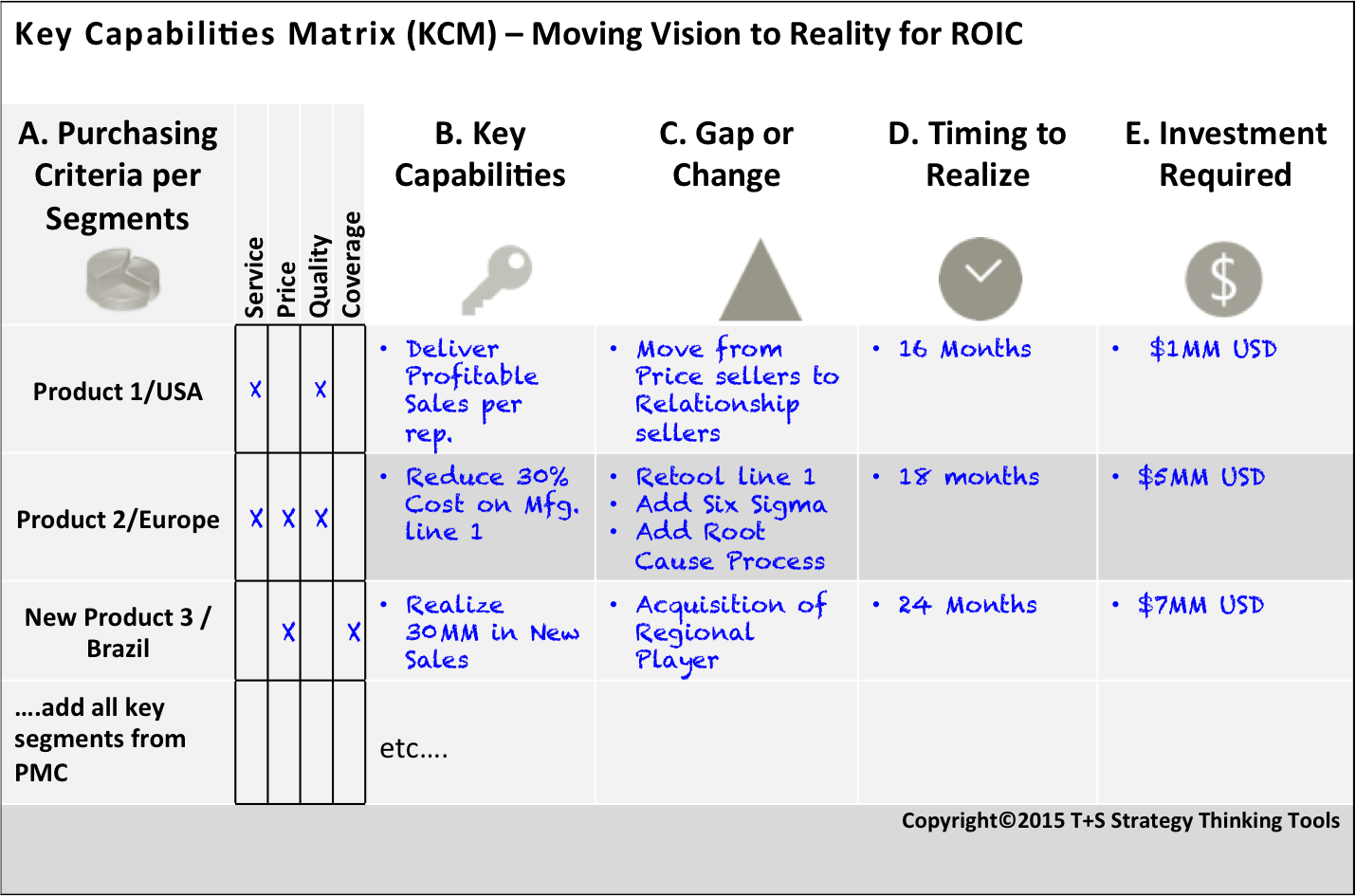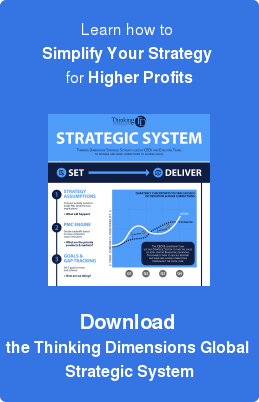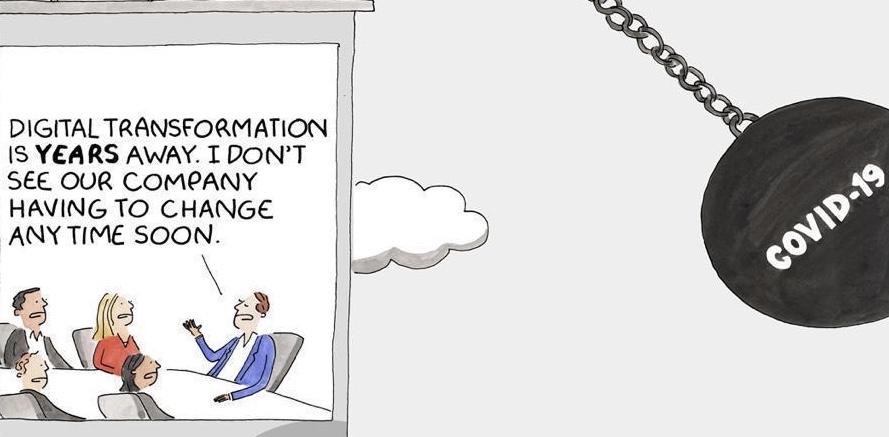 LD BE future strategy state.
LD BE future strategy state.This is one of the critical BIG DECISIONS executives are faced with.
And this step is missed all too often – leaving the rationale for the “vision” unchecked or hazy.
I don’t mean a list of projects or a strategic master project plan – that comes later. What is lacking and what we outline for the CEOs to use is a practical Key Capabilities Matrix – that is a detailed set of needs that must be bought, built or phased out relative to customer segment needs.
It is the defining set of specs that has investments needed in exchange for the return these assets are expected or envisioned to produce. In short it's a initial but meaningful ROIC (Return on Invested Capital).
In addition, it is the ultimate 1 page for Board Members to delve into to see just how “REAL” and “REALISTIC" the strategy planning process has been – and what business case needs to be presented to key shareholders. It also helps to explain to the company the WHAT, WHY behind any initiatives that will be announced.
For clarity - future (key) capabilities are the processes, skills and technology needed to build what’s next and underpin your competitive advantage – how you make money.
Put another way it's the business case that says –
“If we envision this purpose and path for our company, across these product and market priorities then to achieve these goals we require “X” – the X is the future capabilities.
And these resources must provide an advantage against the competition that produces above average profitability.
Below I have outlined the worksheet and 3 steps to complete this. There must first be real clarity on your product and market choices – which your strategy process should avail – as well as meaningful and valid “relative importance” purchasing criteria for your segments
In short you must have previously determined priority segments and understood why customers will buy and pay a premium relative to the competition.
Three Steps to Using the Worksheet with your Executive or Business Unit team.

- Outline your High Level Current and New Product / Market Segments
- Incorporate Relative Importance Purchasing Criteria and Select Attributes that are most critical for that segment
- Populate Key Capabilities Matrix for each segment by defining
- PURCHASING CRITIERA – priority attributes that determine why customers from that segment buy
- CAPABILITY – the ability to do “X” as a outcome
- GAP or Change that must happen
- TIMING when it must be “operational” – delivering benefits to the company
- Investment required to close gaps
- PURCHASING CRITIERA – priority attributes that determine why customers from that segment buy
For example a business case that would result looks something like this below – it is a early and powerful reality check for your strategy.
AS IS: 50MM Revenue, OI 10MM for 2015
SHOULD BE: 100MM Revenue / OI 40MM for 2017
The Big Decision – Would you invest 13 MM dollars to go from a 10MM OI to 40MM or 300% Change
Of course no one is selling the farm at this point – but if the front part of your strategy process is robust it should channel you to a point where this type of analysis is based in reality and provides a starting point to begin gets sign-offs and make plans for implementation.






